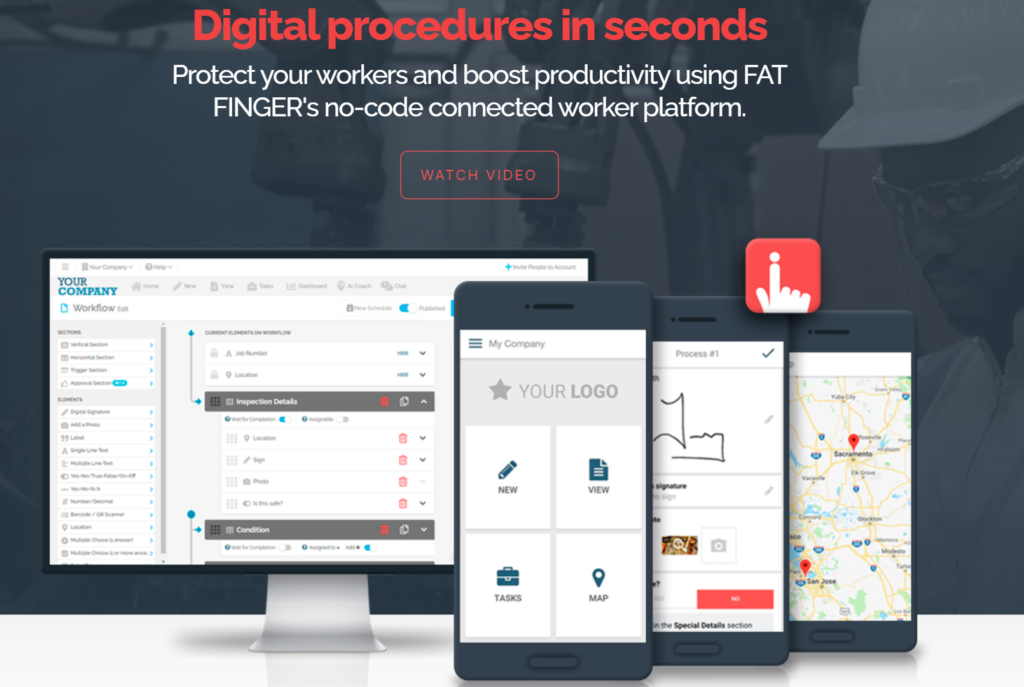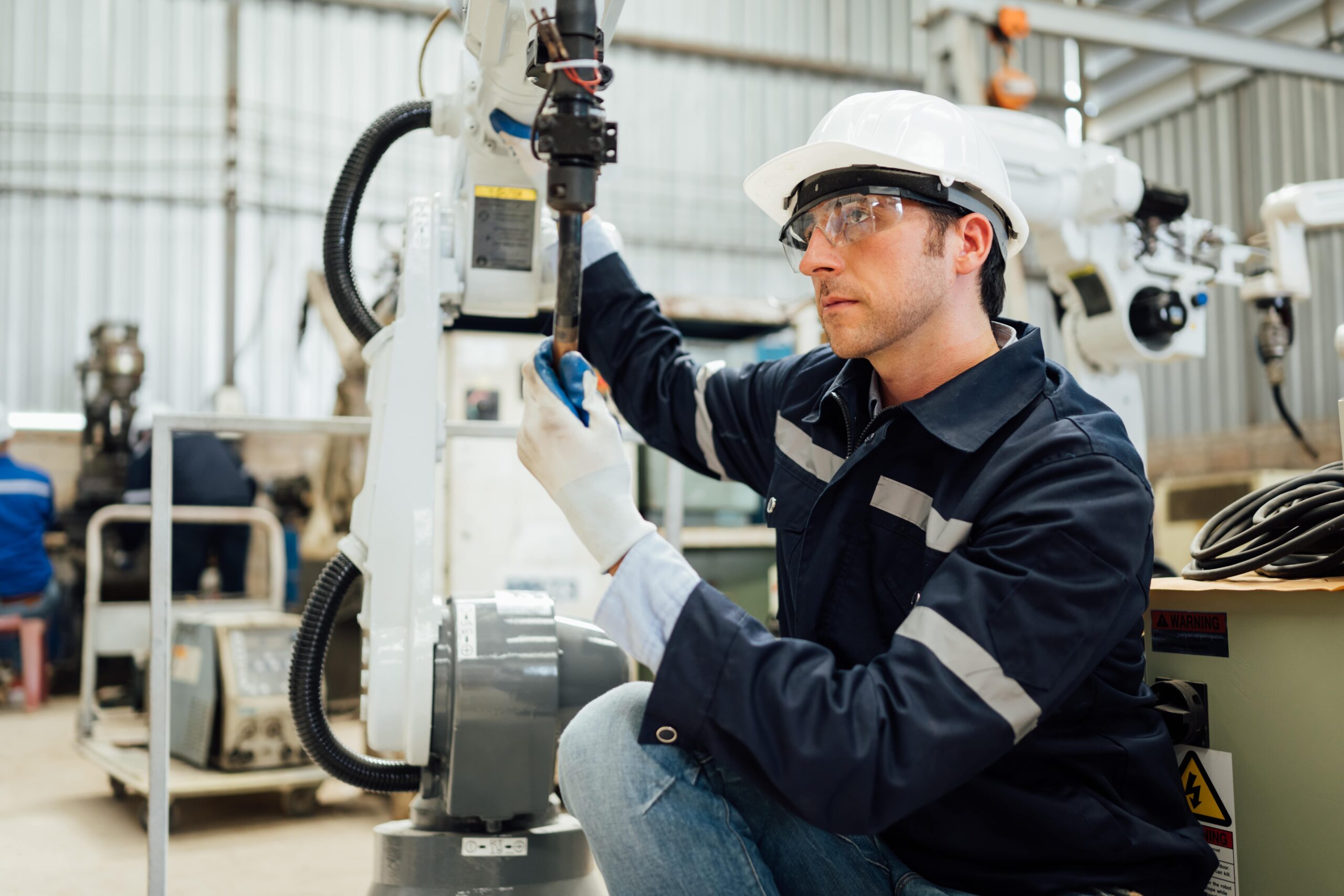As the world of manufacturing continues to evolve, so do the methods used to ensure that machinery and equipment are operating at peak efficiency. Two of the most popular methods in use today are condition-based maintenance (CBM) and predictive maintenance (PdM). Both of these methods have their own unique advantages and disadvantages, and understanding these can help you make an informed decision about which one is right for your business.
In this article, we will delve into a detailed comparison of these two maintenance strategies, and introduce you to FAT FINGER, a digital workflow procedure builder that can help you implement predictive maintenance workflows in your facility.
What is Condition-Based Maintenance?
Condition-based maintenance is a strategy that involves monitoring the actual condition of an asset to decide what maintenance needs to be done. CBM dictates that maintenance should only be performed when certain indicators show signs of decreasing performance or upcoming failure. This approach can save time and resources by eliminating unnecessary maintenance tasks.
What is Predictive Maintenance?
Predictive maintenance, on the other hand, uses data and technology to predict when maintenance needs to be completed to prevent costly breakdowns accurately. It works by collecting data from a facility’s various components and then using it to determine when parts need maintenance. Predictive maintenance can also use algorithms or Artificial Intelligence (AI), if necessary. This approach can help save time and money, improve efficiency in the facility, and help ensure that safety standards are adhered to throughout the lifecycle of all machines.
Condition-Based Maintenance vs Predictive Maintenance: A Comparison

Cost
While both CBM and PdM can help reduce maintenance costs, the savings with PdM can be more significant. This is because PdM allows for more accurate prediction of equipment failure, which can help prevent costly breakdowns and downtime.
Efficiency
Both CBM and PdM can improve efficiency by reducing unnecessary maintenance tasks. However, PdM can provide a more detailed analysis of equipment health, which can lead to more efficient maintenance scheduling and less downtime.
Implementation
Implementing a CBM strategy can be simpler than implementing a PdM strategy, as it requires less advanced technology. However, the benefits of PdM, including improved efficiency and cost savings, can make it worth the additional effort and investment.
How FAT FINGER Can Help

FAT FINGER is a digital workflow procedure builder that empowers front-line teams to do their work correctly every time. With features like a drag & drop workflow builder, mobile & desktop workflows, dashboards, integrations, augmented reality, IoT device connectivity, and artificial intelligence coaching, FAT FINGER can help you build predictive maintenance digital workflows to ensure problems are gone even before they start. Predictive maintenance is an engineer’s best friend and a powerful tool for optimizing platforms in a manufacturing facility.
Conclusion
While both condition-based and predictive maintenance have their own unique advantages, predictive maintenance often provides more significant benefits in terms of cost savings, efficiency, and overall equipment health. With the help of a tool like FAT FINGER, implementing a predictive maintenance strategy can be a straightforward and beneficial process.
Ready to see how FAT FINGER can help you implement a predictive maintenance strategy in your facility? Schedule a demo today or create a predictive maintenance workflow for free.
Discover the differences between Condition Based and Predictive Maintenance in our detailed comparison. Understand which approach best suits your business needs. Don’t miss out on this opportunity to optimize your maintenance strategy. Schedule a Demo today!


